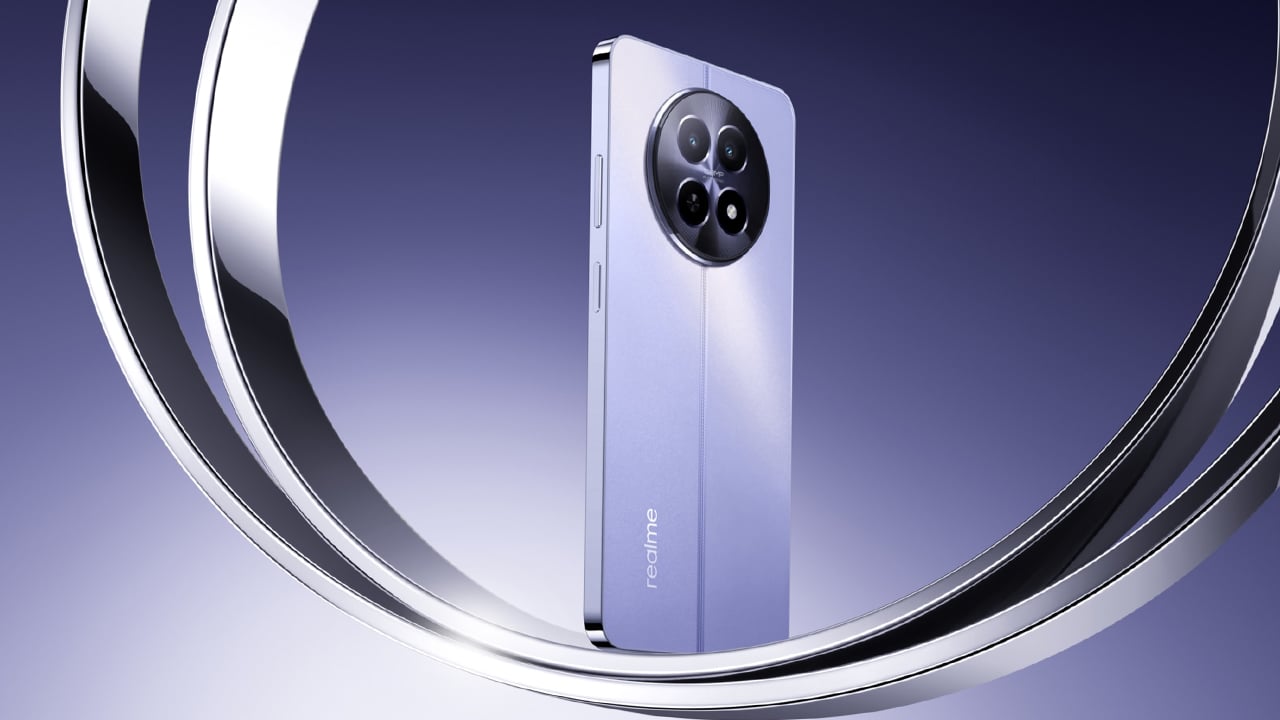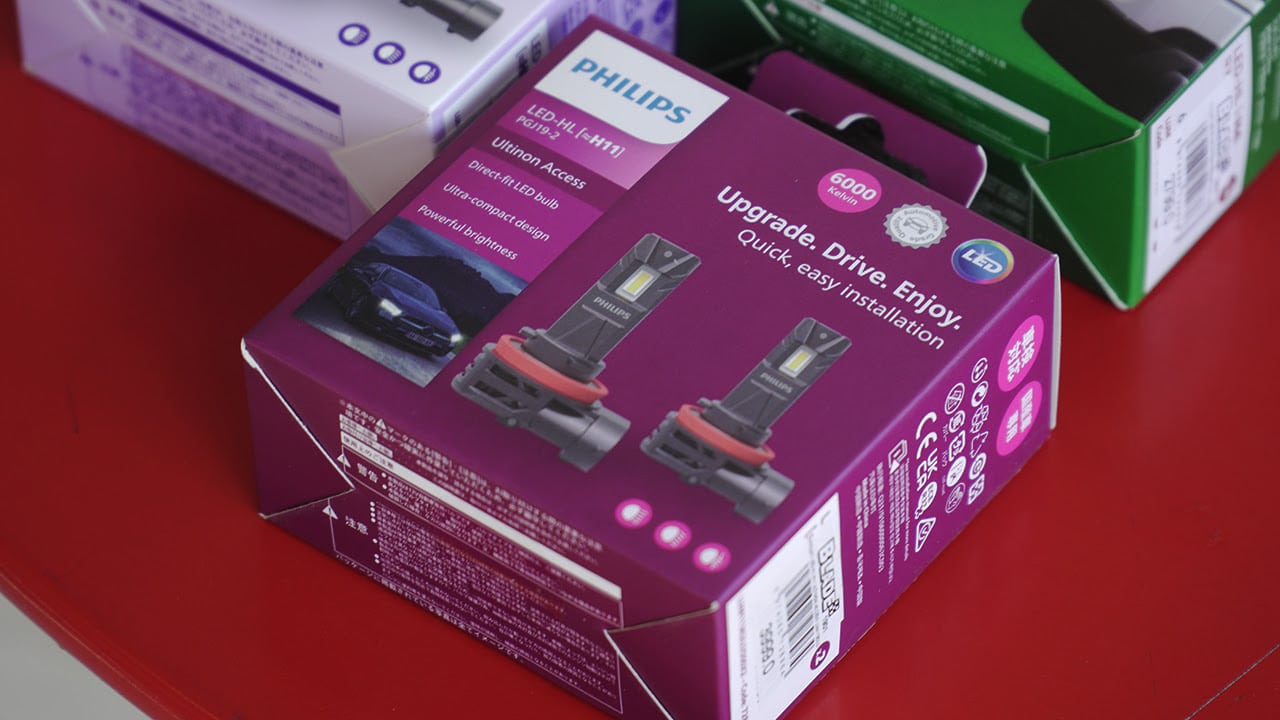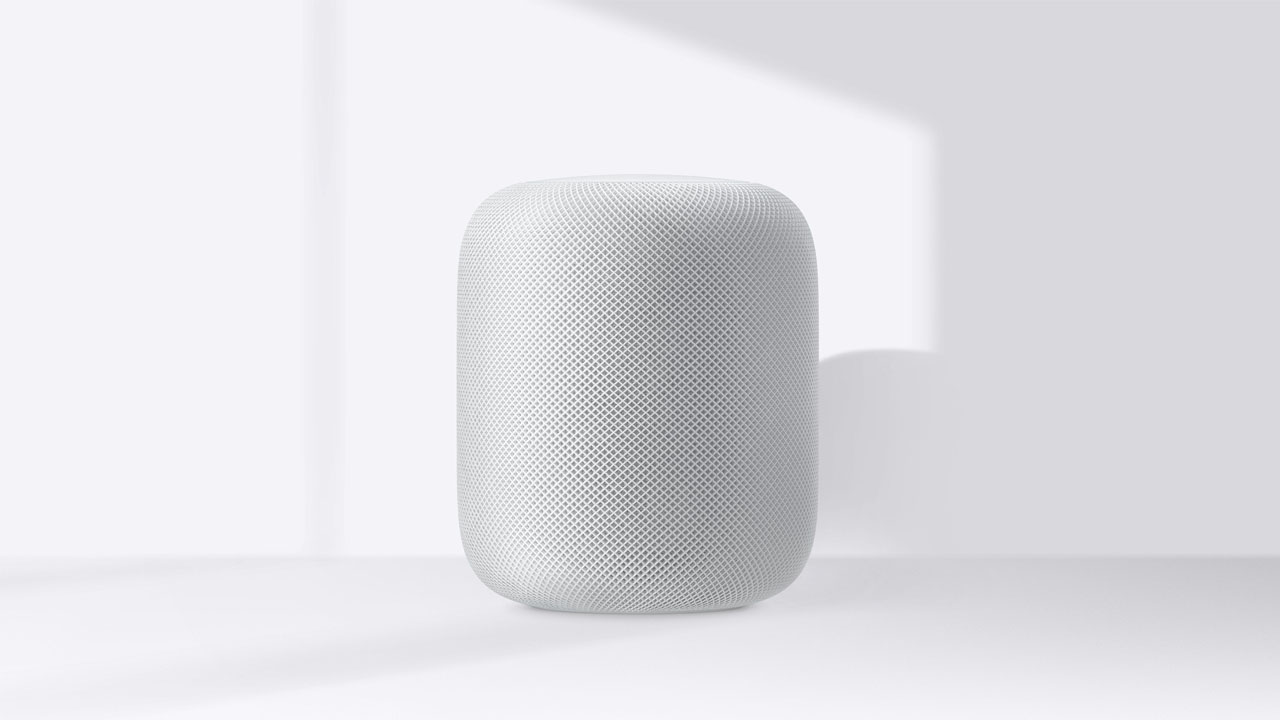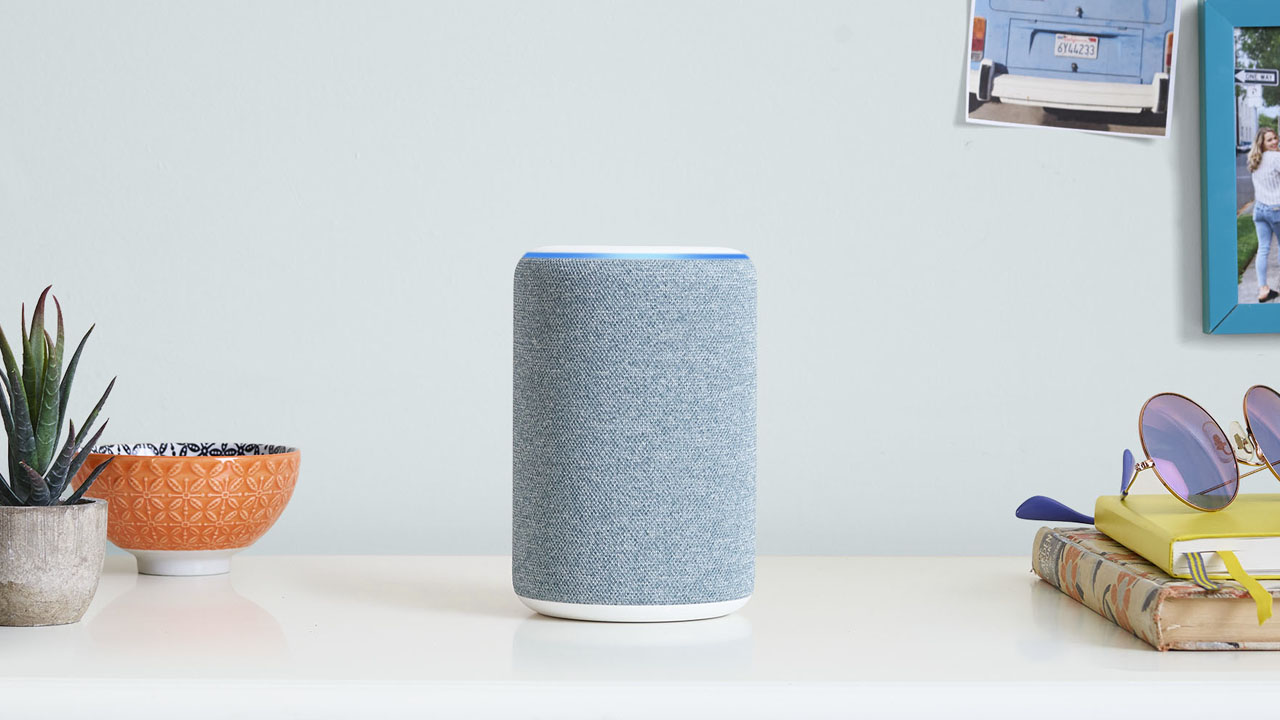There was a time when TWS earbuds were considered a luxury to have. But these days, more and more brands are improving the technology and making it more accessible, realme being one of them. The company known for offering affordable phones with impressive specs has also been releasing AIoT products including TWS earphones such as the realme Buds Q or Buds Air Neo.
realme Philippines recently debuted its latest addition to the Buds Air series, the realme Buds Air Pro. As stated in its name, this the “Pro” model and carries a whole lot of features and an interesting new design while, of course, maintaining an attractive price tag. The realme Buds Air Pro also features the company’s first attempt at TWS earbuds with an active noise cancelling feature.
But with so much technology packed in, does the realme Buds Air Pro deliver on its promises of good sound, effective noise cancellation, and ease of use? That’s what we decided to try and find out with this review.
Design
We’ve already unboxed the realme Buds Air Pro a couple of days ago and our impressions on its design haven’t changed too much since then. Housing the earbuds is a glossy white plastic case that sits comfortably in the palm of of the hand. We’d like to think that even users with smaller hands will be able to grasp the case with ease.
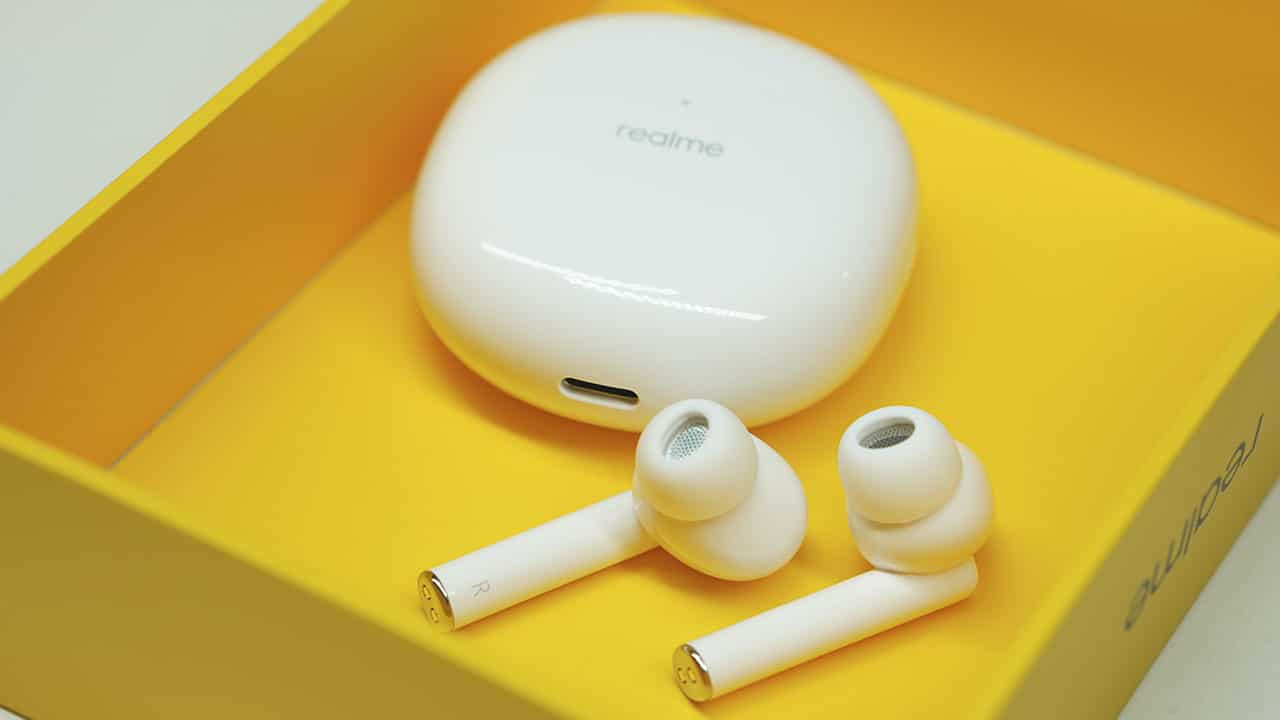
The single button on the right side triggers pairing mode and is placed at just the right height so can easily reach while holding the case with one hand. We do have some worries on the hinge though as it is made of plastic and seems a bit flimsy. Carelessly flipping it open all the time may possibly cause it to break or crack so it’s best to a little careful when lifting the lid.
We were pleasantly surprised that the case doesn’t catch dust too quickly even if it was loosely stored in our bag. And when it does get dirty, all it needs is a good wipe down. Also, should you intend to use these for running, sports, or workouts, the realme Buds Air Pro also has an IPX4 rating which means it’ll be able to withstand sweat and water splashes.

The design of the earbuds retain almost the same form of its siblings in the Buds Air series. They are, however, a bit bulkier looking and more round on the top. This is most likely because of all the technology stuffed inside like its active noise cancellation and a 10mm bass boost driver. Personally, we’re not a fan of the chunkiness but for a pair of affordable TWS earbuds, it’s something that we can easily let go.
Sound Performance
On my first try of the realme Buds Air Pro, I have to admit that I did find them rather uncomfortable. It also kept easing its way out of my ear and would border on falling from time to time. I decided to switch out the ear tips to a smaller size and that pretty much solved my problem. The earbuds provided a more comfortable fit which not only made it much easier to wear but also improved the seal of the silicone ear tips.

With the properly-sized tips in place, the earbuds are actually comfortable and incredibly lightweight. At just 5g per earbud, you really can’t feel them when worn. As for sound, the realme Buds Air Pro provides better-than-average audio quality. With the 10mm bass boost driver, the earbuds are able to churn out good sounding bass complemented by clear mids and highs. You won’t be getting heart-thumping, ground-shaking audio but it is more than good enough for the average user. If you find this a bit lacking, you can also activate the Bass Boost+ found in the realme Link app.
For its price, the realme Buds Air Pro packs a lot of tech. It’s pride, of course, is its active noise cancellation that can eliminate up to 35dB of noise. Using both FeedForward and FeedBack microphones, the earbuds can detect noises inside and outside the ear to deliver accurate and effective noise cancellation.
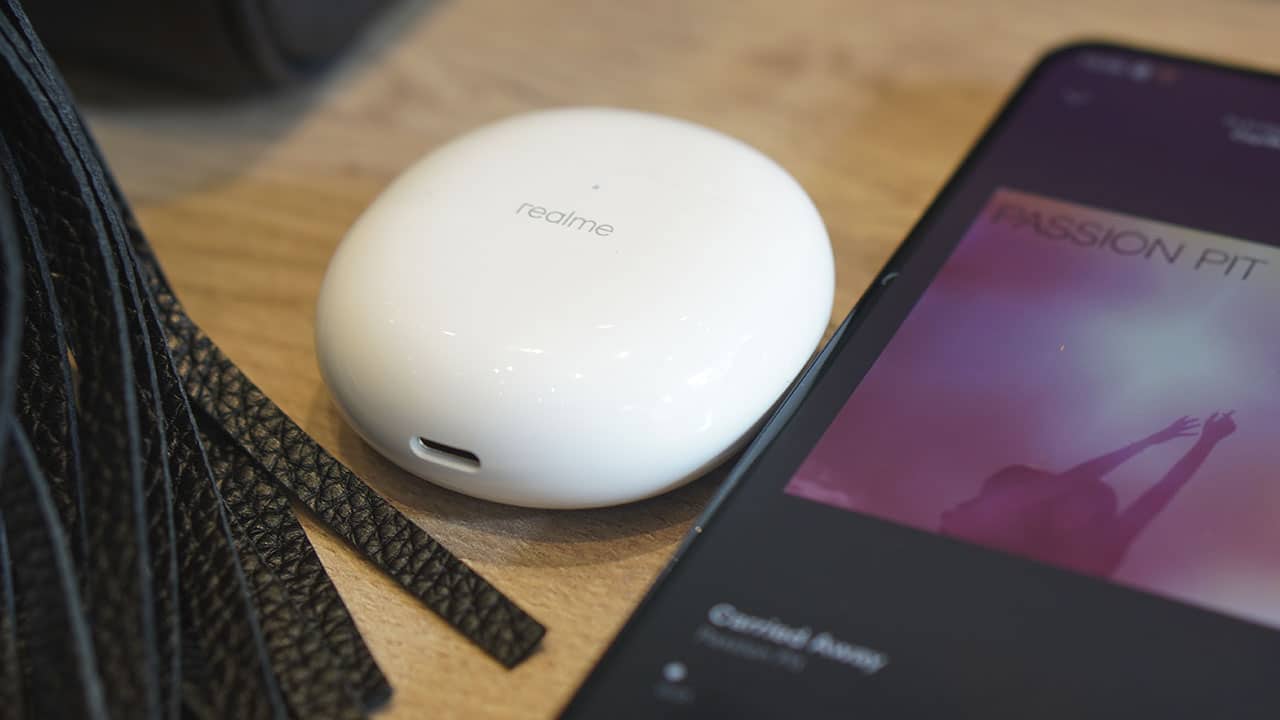
Again, because of the incorrect size of the silicone tips I used at first, I found the noise cancellation powers of the realme Buds Air Pro to be lacking. But after I changed the tips, my experience was definitely improved and my first impressions proved wrong. The silcone tips provided a good seal to keep as much noise out and the noise cancellation is felt immediately after putting it on. It’s able to filter out noises like the hum of the aircon or the whirring of an electric fan really well but don’t expect it to filter out voices, barking dogs, or sound from nearby vehicles. So if you’re looking to cancel out more than just the typical room noise, these earbuds might fall short.
With the rise of mobile gaming, realme also made sure to include features that will help its more gaming-focused users. The earbuds are equipped with a special Game Mode which is activated by touching both earbuds at the same time for two seconds or through realme Link app. In Game Mode, users are treated to low latency audio which minimizes the lag between audio and video.
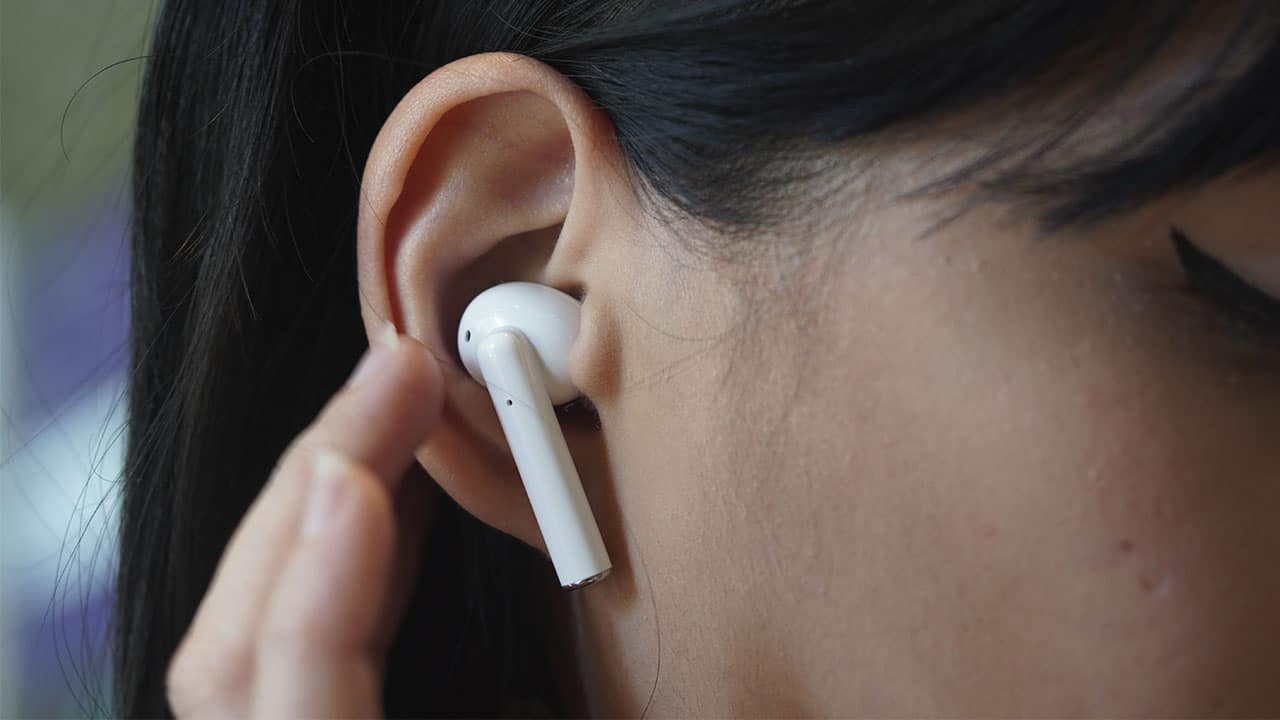
While we were only able to quickly touch on this feature but we’d like to say that the promise of minimal lag is fulfilled. Audio was clearly in-sync when we used the Air Buds Pro in-game or even while watching movie. Wireless peripherals are known to exhibit lag but gamers will be surely be pleased with the performance of these TWS earbuds.
The realme Buds Air Pro also offers a Transparency mode. This is a very useful feature for those who may still need outside noises for safety. Runners or bikers, for example, can still listen to their music and the Buds Air Pro’s Transparency mode will allow ambient noise in so that users are aware of their surroundings. Lastly, for those thinking about using these for calls, the device is equipped with dual mic noise cancellation. This feature is crafted specifically for calls and significantly reduces noise while retaining vocal clarity.
Connectivity and controls
As with most TWS earbuds, there are intelligent touch controls onboard. The realme Buds Air Pro allows the use of single, double, triple taps as well as touch and hold. Users can assign the functions of the double and triple tap of each earbud using the realme Link app. The controls for calls, however, are locked. Single taps will answer an incoming phone call while double taps will drop it.

We love how realme offers so much flexibility in controlling the earbuds. In looking for TWS earbuds we really take into consideration how much we can use and control them without having to reach for a phone. The functions offered for each programmable tap include play or pausing music, go to the next music track, play the previous music track, activate Voice Assistant, switch noise control modes, or nothing at all.
In addition to that, there are also specific controls that makes using these earbuds so much easier. As mentioned earlier, by touching and holding both earbuds, you can activate or deactivate Game Mode. Touch and holding a single earbud, on the other hand, cycles through noise cancellation modes including normal, transparency, and ANC on.

Connectivity is also a breeze with Google Fast Pair and Open-up Auto Connection. As we mentioned in our unboxing, simply opening the case prompted the nearest phone with Bluetooth on to pair. Connection was as simple as clicking the connection prompt that appears on your phone.
Of course, you can also manually connect using Bluetooth by pressing on the button on the case. We were able to try the realme Buds Air Pro on multiple devices including an iMac and a Windows laptop and we found no hitches in connection. There’s also a Smart Wear detection feature which senses if the the earbuds are in your ear. When they’re taken out, the audio automatically pauses until they’re back in the user’s ear.
Battery
The realme Buds Air Pro comes with a 486mAh battery that should last about 20-25 hours depending on whether or not the Active Noise Cancellation is turned on. The earbuds alone can provide up to 5-6 hours playback time.
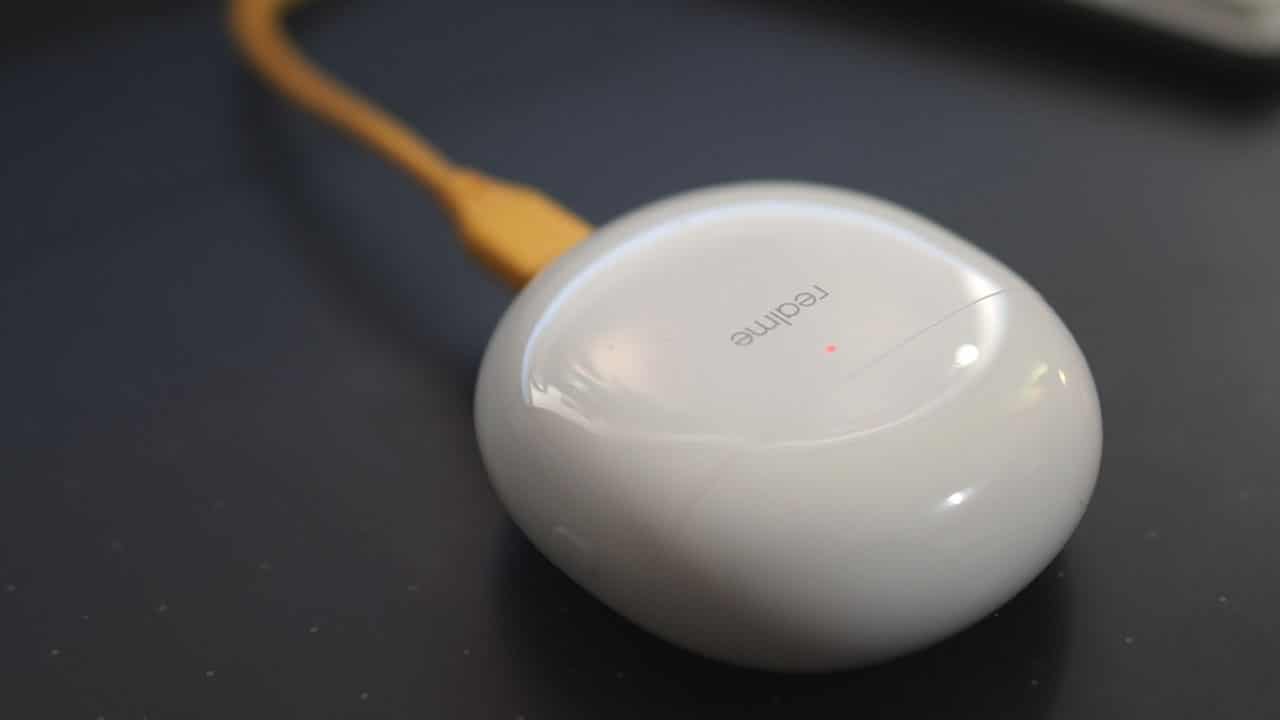
The battery on the realme Buds Air Pro is pretty impressive. We were, indeed, able to use the earbuds for about 5 and a half hours with ANC on before we needed to charge. We used the Buds Air Pro for a couple of hours a day for three days straight and we’re still left with 20% on the charging case. It takes about two hours to charge both the case and earbuds to full while just charging the earbuds takes about an hour.
Creature Feature
In our reviews, The Modern Creatures aims to find special features in devices that make them worth having — something that gives the product a slight edge from its peers. And for the realme Buds Air Pro, it would have to be its Active Noise Cancellation and Game Mode.

It’s really no surprise that this would be our creature because just the fact that you can find this on an affordable set of TWS earbuds can be reason enough to consider buying it. The Buds Air Pro’s cancellation may not be the best we’ve tried in this price range but it does do a good enough job of filtering unwanted noise.
Game Mode is also a very welcome feature because having a low latency mode is a very useful thing to have. And while it is made for gaming, we found it’s useful for a number of things including watching movies or even while we were editing our videos.
Final Thoughts
There’s no doubt that the realme Buds Air Pro is a solid pair of affordable TWS earbuds. If you’re looking for your first pair or looking for a good gift to give out this holiday season, the realme Buds Air Pro is a really great choice. You’re getting a lot of premium features like Active Noise Cancellation and Transparency mode, easy connection features, programmable touch controls, and even a special game mode for just under PhP 5k.
The realme Buds Pro is now available for just PhP 4,990. There’s also a special sale happening on December 3 and on the 12.12 Super Brand Day Sale on Lazada and Shopee where you can get PhP 1000 off the orignal price tag. It will be available in realme concept stores and kiosls nationwide starting December 4.

